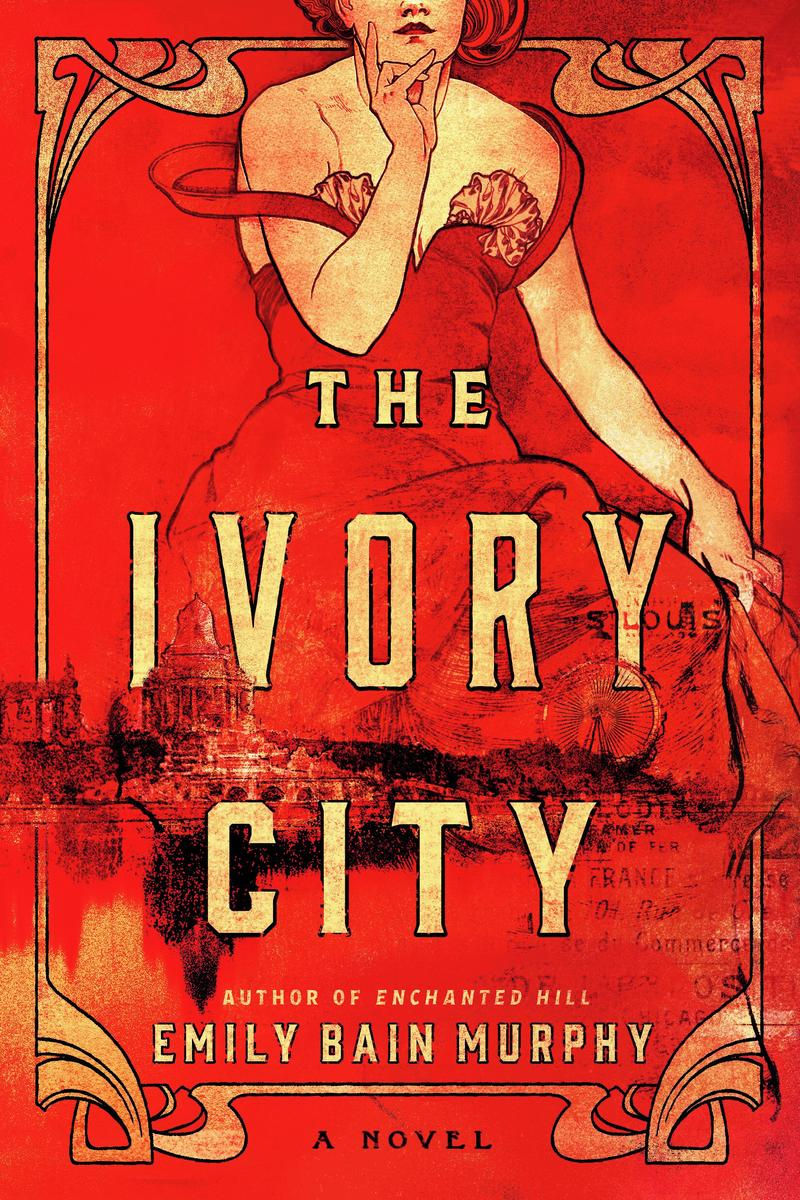"Rough Sleepers" | Reviewed by William Winkler
- cstucky2

- Jan 22, 2023
- 2 min read
Updated: Jan 23, 2023
Literary journalist Tracy Kidder has built a career writing creative non-fiction based upon his immersive relationship with his subjects. His 1981 book, “The Soul of a New Machine,” written after spending a year with a team of engineers racing to build a new computer, was awarded the Pulitzer Prize for General Non-Fiction. He sat in a Holyoke, Massachusetts 5th-grade classroom for a full academic year to gather material for 1990’s “Among Schoolchildren.” For his most recent book, “Rough Sleepers,” Kidder dogged the footsteps of Dr. Jim O’Connell’s efforts to bring medical care, and more importantly, a sense of human worth to Boston’s homeless community.
A 1982 graduate of Harvard Medical School, O’Connell deferred a prestigious post-residency fellowship in oncology to accept a 1-year appointment as medical director of the fledgling Health Care for the Homeless project in Boston. One year became two, and O’Connell realized that his calling was not to the care of cancer patients, but rather to the “rough sleepers,” as he called them, those Boston homeless who slept outside in doorways every night of the year.
O’Connell brought a special skill to the task. He had worked his way through medical school as a bartender, where he learned the art of attentive, non-judgmental listening to the sometimes incoherent ramblings of those on the other side of the polished wood. Most of his patients on the street, and later in clinics sponsored by Massachusetts General Hospital, had been dismissed and treated as less than human by the medical establishment. This “street doctor” was a new experience for the vast majority.
O’Connell, in turn, learned that medical care consisted of more than simply making a diagnosis and prescribing therapy. He learned that adequate health care involved an understanding of each patient as an individual as well as an awareness of the environment in which the patient lived and how that environment shaped their lives.
A second arc in Kidder’s book describes the life of Tony Colombo, a hulking bear of a man, whose life on the streets typified many of the challenges of the homeless health care project. Colombo’s relationship with Dr. Jim paints a vivid picture of the difficulties encountered by the rough sleepers, many of whom suffer from mental illness, alcoholism, or both, as well as the barriers to care presented to the team.
Dr. Jim is now nearing his 40th year with the Health Care for the Homeless project. Kidder concludes his book with descriptions of a handful of the patients the doctor has cared for over the years. Each portrait shows a complex human being with many flaws, but reminds the reader that each of them has benefitted from a human approach to health care. “Rough Sleepers” offers a helpful introduction to the complex issue of homelessness in America.

.png)





Comments